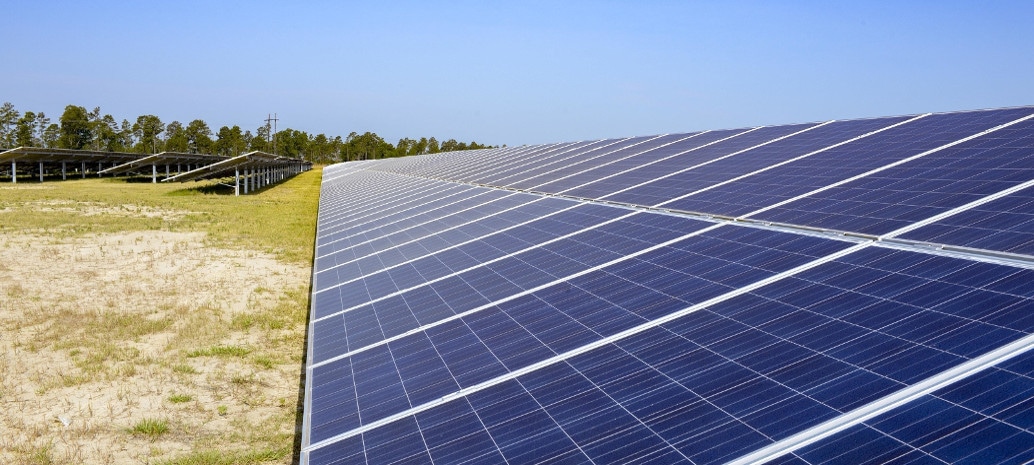We’ve got Georgia on our minds today, because NextEra Energy Resources has broken ground on the company’s 150 MW Quitman Solar facility in Brooks County, Georgia.
NextEra reports that the project will be comprised of more than 560,000 panels covering over 12,000 acres. Now if we’re assuming the project is using a minimum of 400 W modules, 560,000 of said modules would total well over 150 MW in capacity. Maybe the project was quietly expanded since Georgia Power awarded the power purchase agreement (PPA) this past spring, maybe the project will use modules with a lower wattage for some reason, maybe it’s Maybelline.
The project was awarded through Georgia Power’s Renewable Energy Development Initiative (REDI), which will lead to 510 MW of solar development in total. That initiative also includes the 200 MW Twiggs County solar project, set to be developed by First Solar in, you guessed it, Twiggs County, Georgia.
The Twiggs County project is being pitched as the largest standalone solar development in the southeastern United States upon its completion by the end of the year, which brings up the fun topic of arbitrary geographic nomenclature. That distinction excludes Virginia from the southeast, as the state will soon be home to the 500 MW Spotsylvania solar project.
The 510 Mw procured through REDI is not as sorely needed as it would be in some of Georgia’s neighboring states (looking at you, Alabama), but it will be a boon to a state which already has an installed capacity of over 1,500 MW. That’s good for 11th in the nation. After those 510 MW come on-line, Georgia could rise as high as 9th for installed capacity in the country.
The vast majority of that capacity, well over 99% has come from large utility-scale projects like the ones recruited through REDI. The state has a negligible amount of installed residential solar and just slightly more in the commercial and industrial sector.
The cause behind this? Georgia Power. Aside from a littnay of co-ops that make the state’s coverage map look like a polka-dotted dress, the utility blankets the state, covering nearly its entire population. Georgia power also does not offer net metering. Those two factors basically tell the tale of the state’s nonexistant residential market.
Actually, that’s not entirely true, the residential market does technically exist:
Today I learned: only 43 homeowners installed solar in the state of Georgia in all of 2018. Forty. Three. For comparison – FL: 11,610 & SC: 5,708
— Maggie Sasser (@magsass) July 9, 2019
So while news of groundbreaking at the future Quitman Solar facility is nice, it’s also a continuation of the status quo in a state who’s mix of solar generation sources is so one-dimensional it’s reminiscent of Ben Simmons as a basketball player. Simmons is a great player and Georgia is a national leader in installed capacity, however both really don’t have the same depth that leads their competition to excel.
This content is protected by copyright and may not be reused. If you want to cooperate with us and would like to reuse some of our content, please contact: editors@pv-magazine.com.









Georgia clings mightily to the unidirectional grid with the centralized generation and power corridor distribution system. The Vogtle nuclear plant has surpassed the predicted $10 billion dollar construction cost and is around $24 billion and counting. With the passage of ACE which allows the States to decide, if they want to extend the operation of their old coal fired, natural gas fired or nuclear plants beyond the predicted useful life of the plant’s design. Then any dire consequences of continuing business as usual will fall on the States and utility’s doing business as usual.
Georgia can’t stop the momentum of solar PV and or wind generation with energy storage. The generation by solar PV although intermittent is also ‘non-fueled’. The utilities know that they won’t have to worry about emissions and scrubbing emissions, remediating a sludge pond for waste or trying to find someplace to store actinides. The utilities don’t have to extract, transport or store the ‘fuel’ source and clean up any environmental damage caused by years of fuel use.